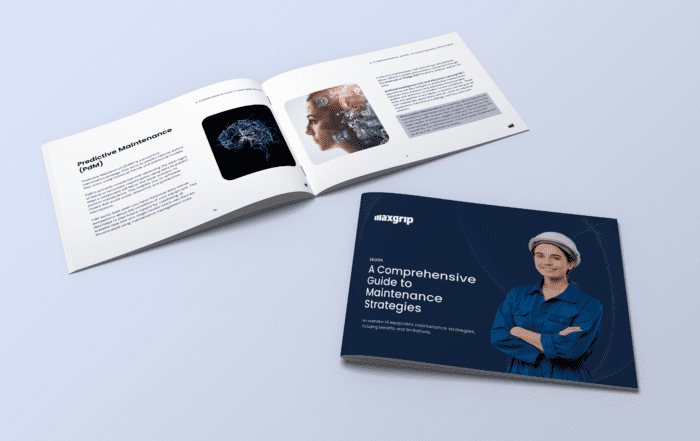The fishbone diagram (also known as the Ishikawa or cause-and-effect diagram) is a common tool to identify or prevent a particular event. The diagram was popularized in the 1960’s in the Kawasaki shipyards by Kaoru Ishikawa, who would become a founding father of modern management. It gets its name due to the resemblance of a fish skeleton, with the effect at the fish’s head and the grouped causes extending out like fish bones. The Ishikawa diagram is a cause analysis tool (along with the 5 Whys, Pareto chart, or Scatter diagram) used during root cause analysis to group causes into different sub-categories that are used as the “bones” of the diagram (measurements, materials, methods, etc.). Used effectively, the diagram helps teams brainstorm and categories all potential causes for a failure rather than focus only on the symptoms.
When to Use Ishikawa Diagram
The Ishikawa diagram is a versatile tool that can be used in almost any system or process to break down varying causes. During a root cause analysis, the diagram should be used during the analysis phase to categorize contributing factors.
The tool can also be used:
- To dissect a problem statement
- To improve a process or system
- To evaluate a new design
General procedure
Fishbone diagrams are used during a root cause analysis as a way visualize the relationship between variable causes and a particular problem. Below is the general procedure when using the fishbone diagram:
- Determine the problem or effect and place it to the far right of the graph (the fish’s head)
- Categorize the major causes of the effect and use these as the headings for each fishbone
- Brainstorm all causes for the effect and group these horizontally along the main causal categories
- Determine sub-causes by using the 5 Whys technique (also including environment)
Advantage and disadvantages
While the Ishikawa diagram is an important tool to identify the underlining root causes of a effect, like all tools, it comes with its own advantages and disadvantages.
Advantages
- Ishikawa diagram is a visual brainstorming tool that’s helpful for visualizing issues to stakeholders
- By visually brainstorming various causes, the diagram prevents teams from limiting their scope or thinking
- Repeatedly asking “why” at various stages drills down the root cause
- Displays multiple causes simultaneously and gives high-level view
Disadvantages
- Effects that are the result from multiple causes the diagram to become overly complex and unwieldy
- The interrelationship between causes are not readily apparent
- Not all listed causes have a direct impact on the effect being studied. It can be difficult to differentiate relevant and non-relevant causes which leads itself to low success rates as teams do not have the time or resources to address every possible cause
Get inspired
Our consultancy firm has received the IFS Ultimo Channel Partner of the Year award. With the title, the EAM software solution company puts MaxGrip’s achievements as an internationally successful IFS Ultimo deployment partner in the spotlight.
Learn benefits of a structured maintenance strategy and the most common maintenance strategies with advantages and limitations.
Checklist with best practices to keep in mind when planning your asset life extension (ALE) process.




